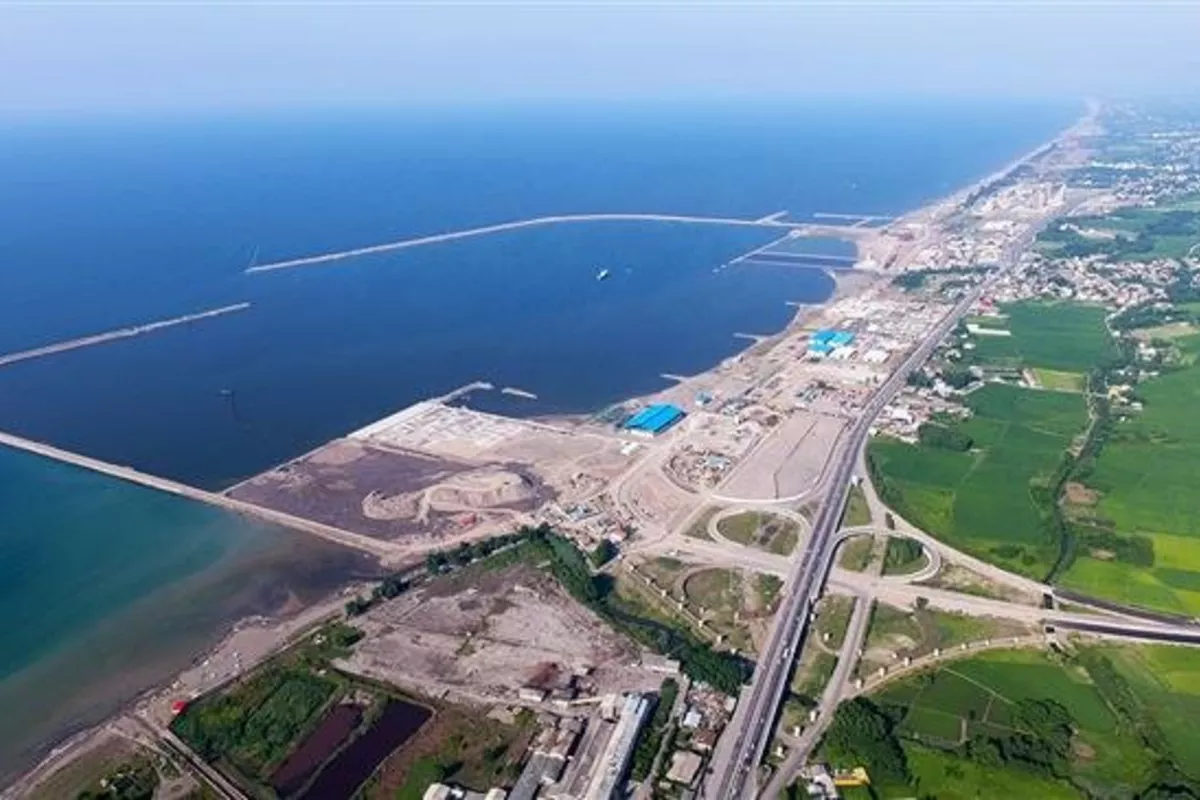
Photo credit: ifpnews.com
India has confirmed that it has received a six-month sanctions waiver from the United States for its role in developing Iran's Chabahar port.
The decision followed intensive diplomacy by New Delhi, which convinced Washington that Chabahar provides India’s only practical overland access to Central Asia that avoids Pakistan, The Caspian Post reports citing foreign media.
Through Chabahar, India is building a land-based counterpart to the China-Pakistan Economic Corridor, creating an alternative axis linking the Indian Ocean with Eurasia while bypassing Islamabad and Beijing. The exemption, valid until April 2026, gives India room to negotiate with Washington.
For Central Asia, the episode reflects a broader challenge: choosing viable routes to the southern seas. Current debates about “Afghan transit” focus largely on the Trans-Afghan Railway and the so-called Kabul corridor connecting northern Afghanistan with Pakistan’s ports. Yet Afghanistan’s transport network is forming along multiple lines. Alongside the eastern route, a western corridor from Herat to Kandahar and Spin Boldak is also developing, offering access both to Pakistan and to Chabahar.
The integration of western Afghanistan’s infrastructure with Iran’s transport network makes this corridor more reliable under today’s political and security conditions. It aligns with projects pursued by Iran, Turkmenistan, and Afghanistan and positions Herat as a major hub. It is also close to the North-South Transport Corridor, the Lapis Lazuli and Middle Corridors, and the Caspian and Persian Gulf regions. The planned Mazar-i-Sharif-Herat line fits the logic of the Five Nations Railway Corridor, potentially giving Tajikistan and Uzbekistan access to Chabahar and, if stability improves, to Pakistan’s ports as well.
By contrast, the eastern route will remain constrained by the unstable Afghan-Pakistani border and the volatile relationship between Kabul and Islamabad. Afghanistan’s own priorities also differ from outside assumptions: the Herat-Kandahar-Spin Boldak line primarily serves as an internal transport spine linking the west and south. For Kabul, the route to Gwadar is more a political gesture than a practical goal. Some analysts note that developing the western corridor also helps rebalance the country’s economic geography toward its more diverse western regions.
These dynamics strengthen the western route’s appeal. The Taliban leadership has even urged Afghan businesses to reduce reliance on Pakistani ports, signaling a structural shift in trade orientation.
Both Chabahar and Gwadar face political risks. Pakistan’s transit routes pass through areas affected by insurgency, including Balochistan and Khyber Pakhtunkhwa, as well as the broader narcotics routes of the Golden Crescent. The greatest uncertainty remains the fluctuating relationship between Kabul and Islamabad. Gwadar, while technologically superior, is undermined by chronic instability. Chabahar’s capacity is more modest, but its integration with Iran’s road and rail network provides reliability.
The United States adds another layer of complexity. The waiver suggests Washington is balancing its Iran sanctions regime with its strategic partnership with India. The United States is not directly involved in regional infrastructure but retains enough influence to shift the balance between the western and eastern routes. Under certain conditions, Gwadar may appear less problematic for Washington than Chabahar. At the same time, selective sanctions exemptions allow the United States to pressure Iran and maintain leverage over India.
Future waivers will depend more on political moods in Washington than on economic calculations. This dynamic resembles a form of managed competition in which India receives temporary waivers, Pakistan retains the possibility of renewed Western engagement, and Afghanistan and Central Asia gain a degree of flexibility.
Even so, the western route through Iran remains the most realistic and controllable option for Central Asia. The region’s states continue to invest in Afghan infrastructure and maintain dialogue, but will eventually need a unified strategy. A step in this direction came in August, when Central Asian envoys created a permanent platform, the Contact Group on Afghanistan. More important than the mechanism is the signal of greater regional coordination.
According to Nargiza Umarova, a researcher on regional cooperation based in Uzbekistan, Central Asia benefits from having multiple access points to southern ports while avoiding internal competition that could weaken its negotiating position. She argues that a coordinated policy is essential for advancing mutually beneficial transit corridors.
The growing diplomatic capacity of Central Asian countries suggests that the C5 can form a common stance on security and transit, though a formal “C5+” structure with Pakistan and Iran is still missing. Such a mechanism could support systematic coordination on transport, logistics, energy, and Trans-Afghan corridors.
For now, Chabahar stands out as the most viable foundation for Central Asia’s southern orientation. Its development, coupled with deeper regional cooperation, could encourage Pakistan and Afghanistan to adopt more pragmatic approaches and treat transport as a basis for mutual economic benefit. With broader support from global powers, the Afghan transit system, both western and eastern routes, could shift from competition to shared advantage.
Share on social media